PROTECT YOUR DNA WITH QUANTUM TECHNOLOGY
Orgo-Life the new way to the future Advertising by AdpathwayEver wished you could curve your iron shots around trouble or bend them toward tucked pins? You don’t need to change your swing. Simple setup adjustments can create draws and fades without touching your fundamentals.
Why shot shaping frustrates most golfers
Amateur golfers often sabotage themselves by trying to manipulate the club during the swing. The hands get busy, the swing path gets forced, and contact suffers as a result.
Ball placement gets ignored completely. Moving that ball two inches either waycreates entirely different launch conditions—no swing overhaul required.
Most players spend a lot of time lining up their feet but don’t check where the clubface actually points. That relationship between face angle and ball direction? Critical for shot shaping.
Master one reliable shape first. Once you can produce your go-to curve on command, learning the opposite becomes infinitely easier.
Setup changes that control ball flight
Understanding the fundamentals of impact simplifies everything. The clubface direction at impact accounts for approximately 75 percent of the ball’s initial direction. The swing path creates the spin that curves the ball.
Ball position influences things. For a right-handed golfer, moving the ball back in your stance tends to promote a draw; moving it forward favors a fade. This happens because the ball’s position relative to the arc of your swing affects the path of the club and the angle of its face at impact.
Your shoulders, hips and feet can aim in slightly different directions to create the swing path you want without conscious manipulation.
Creating a draw
A proper draw gently moves right to left and typically carries farther due to a lower trajectory and forward spin.
Move the ball back one ball-width from your normal position. Close the clubface a smidge, aiming it slightly left of your target line.
Align your body a touch right of target while keeping the clubface pointed closer to your target. This setup naturally produces the inside-out path that generates draw spin.
Focus on natural release through impact. Don’t try forcing your hands to roll over. Trust the setup adjustments to do the work.
Executing the fade
Fades curve left to right with a higher trajectory and increased backspin. This shot shape offers exceptional control and lands softly.
Position the ball one ball-width forward from normal. Open the clubface fractionally by aiming it slightly to the right of the target.
Align your body slightly to the left of your target while keeping the clubface aimed more directly at the pin. This promotes the outside-in swing path necessary for fade spin.
Make your regular swing and trust the setup. The temptation to steer the club through impact ruins contact.

Situational shot shaping
Low draws under branches require a ball position well back, hands forward, and an abbreviated backswing. This produces penetrating flight with an aggressive right-to-left curve.
High fades over obstacles require your ball position to be forward, a standard or even slightly back hand position, and your standard full swing. The open face and forward ball position should create soft-landing approaches.
Drawing into left-to-right wind or fading into right-to-left crosswinds helps control your shot shape in windy conditions. Fighting the wind with your shot shape creates unpredictable results.
Building confidence through practice
Pick one shape initially, whichever feels more natural to you. Dedicate entire practice sessions to either draws or fades until the setup changes become instinctive.
Use alignment sticks on the ground to reinforce proper body positions. Visual feedback accelerates learning beyond relying on your feel alone.
Start with mid-irons (6, 7, 8) before attempting to shape clubs that are longer or shorter in length. Keep in mind that short irons are harder to shape than mid-irons.
Video yourself frequently to confirm you’re making intended setup changes rather than compensating during the swing itself.

The psychology of shaped shots
Shot shaping isn’t about perfect execution every time. It’s about having options when situations demand them.
Commit completely to your chosen shot shape during each swing. Indecision and mid-swing adjustments produce poor outcomes more frequently than slightly imperfect setup positions.
Recognize when NOT to shape shots. Sometimes the smart play involves your most reliable, comfortable swing rather than attempting difficult curves around trouble.
Master these fundamentals through focused practice and shot shaping transforms your course management. You’ll work the ball toward pins, away from hazards, and into advantageous positions for subsequent shots.


.jpg) 5 hours ago
2
5 hours ago
2



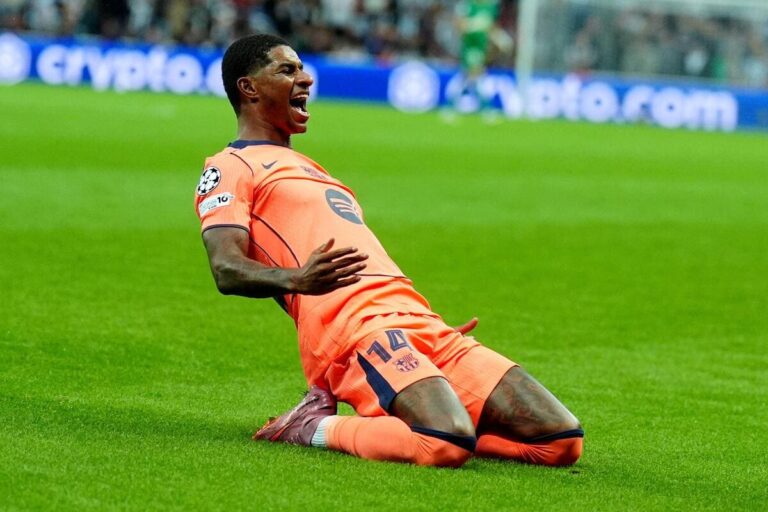
![PAK vs SA [WATCH]: Kyle Verreynne’s heated exchange with Pakistan players sparks drama on Day 2 of Lahore Test](https://crickettimes.com/wp-content/uploads/2025/10/South-Africas-Kyle-Verreynne-gets-involved-in-heated-argument-with-Pakistan-players-on-Day-2-of-Lahore-Test.webp)




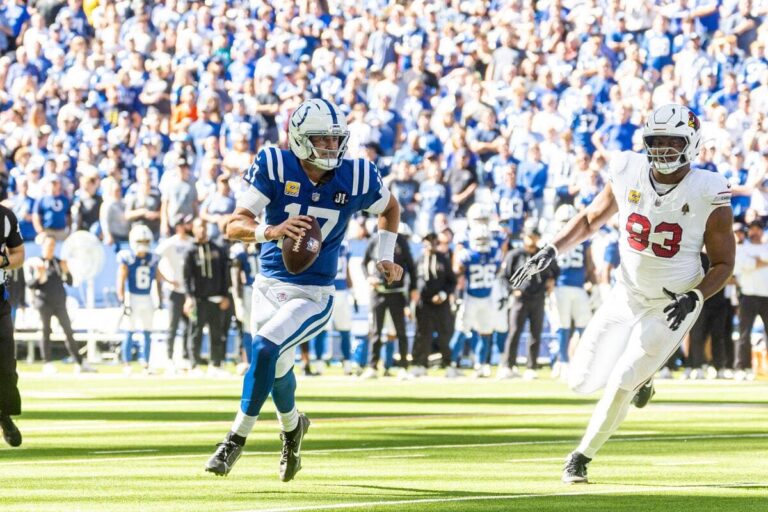



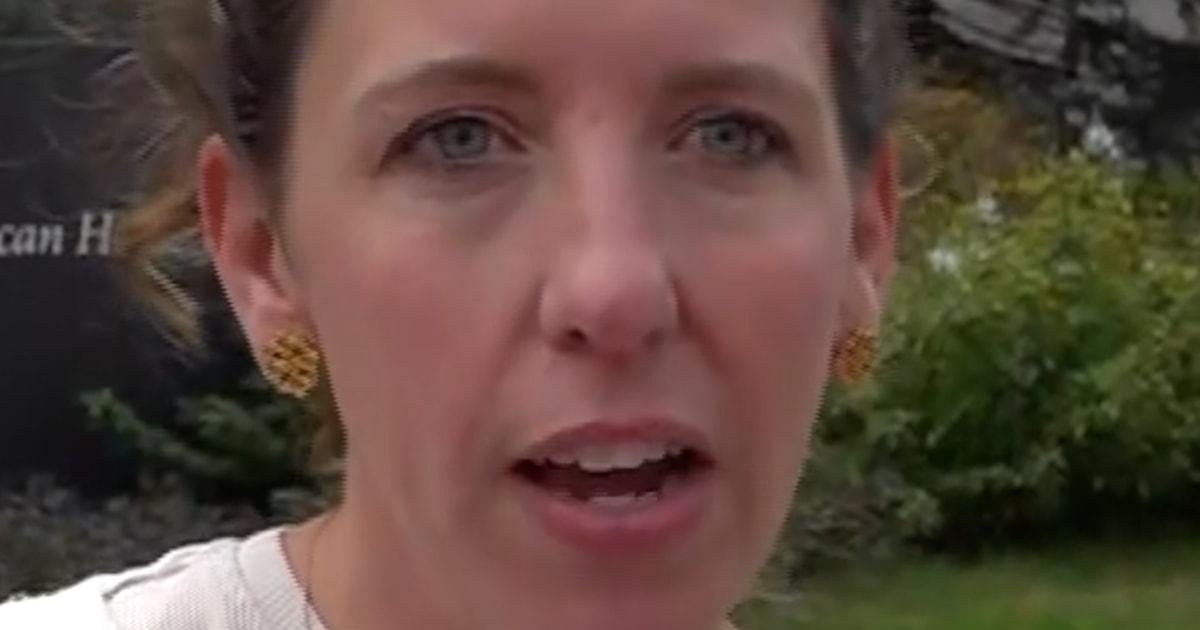

-is-launched-from-the-guided-missile-cruiser-USS-Cap.jpeg?trim=0,0,0,0&width=1200&height=800&crop=1200:800)
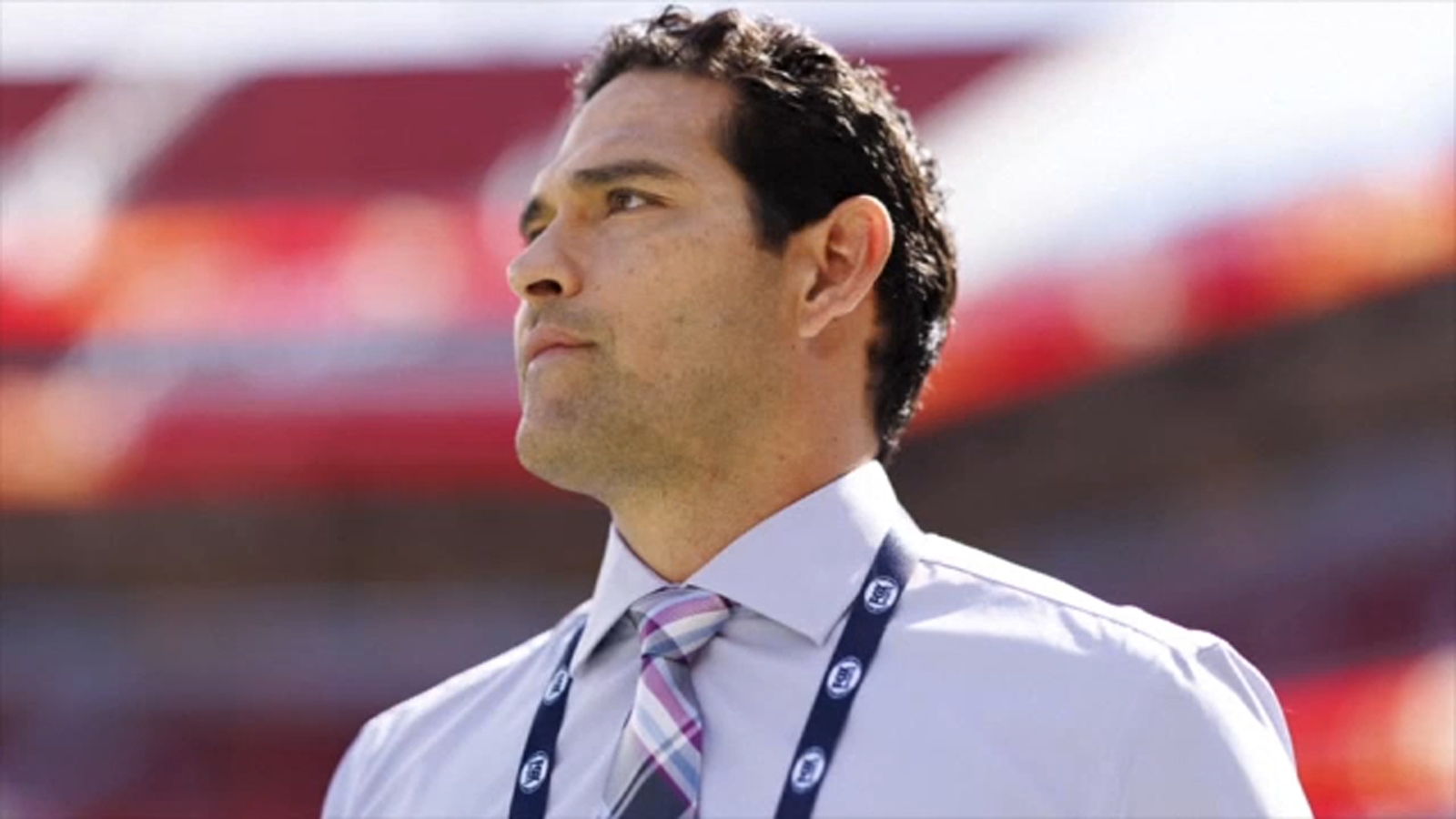

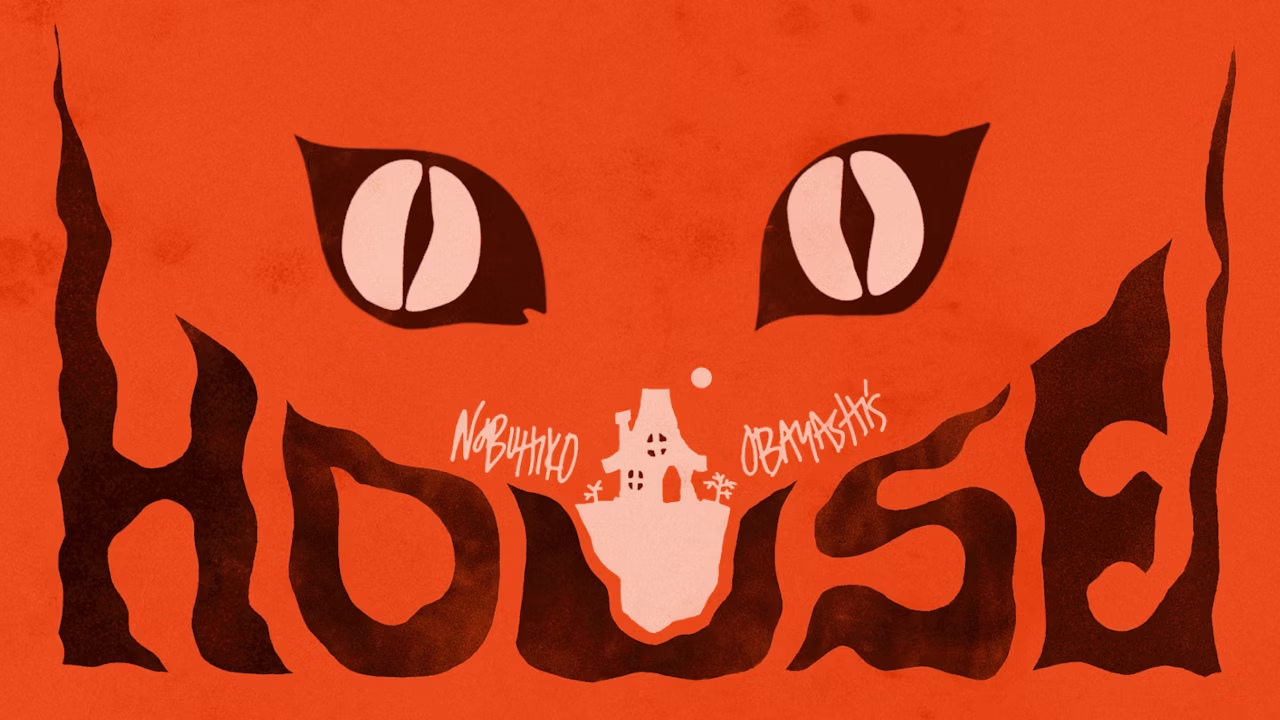



 English (US) ·
English (US) ·  French (CA) ·
French (CA) ·  French (FR) ·
French (FR) ·